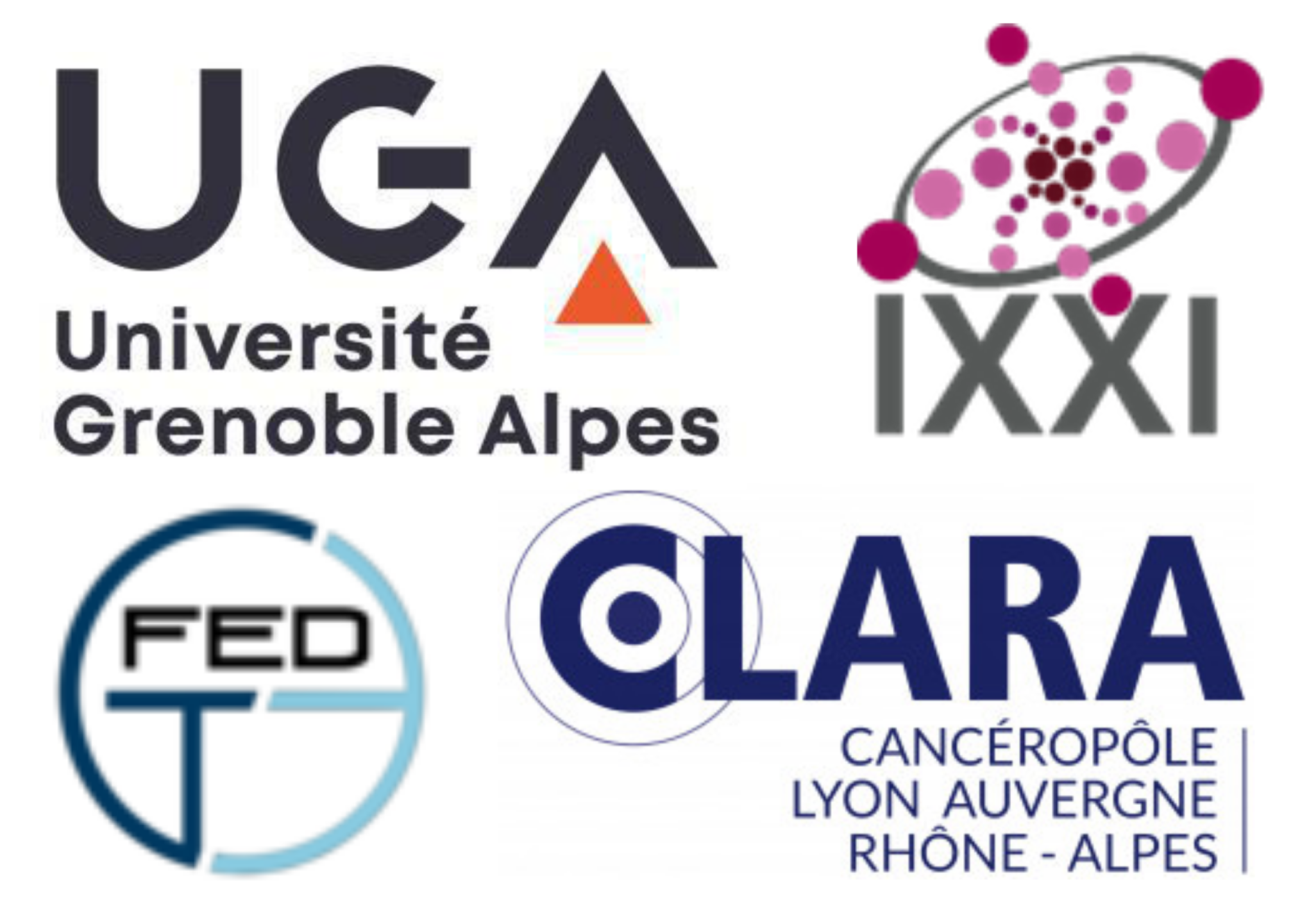The intestinal epithelium is made from small (0.5–1 mm), repetitive, compartmentalized structures called crypt-villus units. Intestinal cells grow on curved surfaces, with highly organized stem cells (crypts) and differentiated cell compartments (villi) residing in concave and convex regions, respectively. Recent studies have highlighted the importance of curvature as a crucial physical cue influencing cellular behaviour. Cells demonstrate the ability to perceive local curvature, leading to changes among others in focal adhesion organization and dynamics, nuclear shape, gene expression, and differentiation behaviour. In the context of intestinal tissues, folding occurs through a series of biochemical signals triggering changes in cell shape, ultimately resulting in spatial phenotypic patterning. To differentiate the consequences of these cell shape alterations from the effects of the pathways initiating them, it is necessary to replicate such curvature in in vitro models of the intestine. Despite the growing interest in understanding the impact of substrate curvature on the intestinal epithelium, challenges persist in fabricating substrates with precisely dynamically controllable microscale curvatures, along with defined mechanical stiffness and biochemical composition. To address these challenges, we developed magnetic polymer membranes to grow intestinal epithelial cells under curved, reversible and controlled deformations. This approach would allow creation of substrates with dynamically controlled curvature and give some insights on the role of curvature of intestinal tissue composition and organisation. With this aim, we firstly investigated cell viability on such membranes, under static and varying magnetic fields.
 |
Mechano-Biology and Physics of Life (6th edition)25/01/2024 - Grenoble (France) |
 |
|
|
|
|
Intestinal epithelial cells under variable curved substrates
1 : INL - Dispositifs pour la Santé et l'Environnement
Univ Lyon, CNRS, INSA Lyon, ECL, UCBL, CPE Lyon, INL, UMR5270, 69622 Villeurbanne, France
2 : INL - Dispositifs pour la Santé et l'Environnement
Univ Lyon, CNRS, INSA Lyon, ECL, UCBL, CPE Lyon, INL, UMR5270, 69622 Villeurbanne, France
3 : INL - Dispositifs pour la Santé et l'Environnement
* : Corresponding author
Univ Lyon, CNRS, INSA Lyon, ECL, UCBL, CPE Lyon, INL, UMR5270, 69622 Villeurbanne, France
|
 PDF version
PDF version
